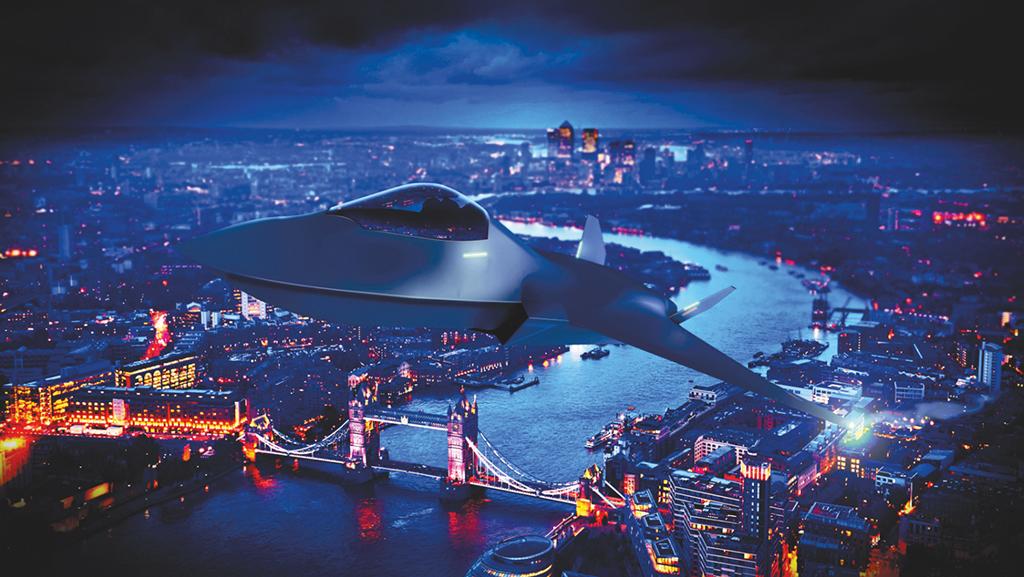Will U.S. Defense Cuts Delay Next-Gen Combat Aircraft Programs?

Ask the Editors: The Aviation Week Network invites our readers to submit questions to our editors and analysts. We’ll answer them, and if we can’t we’ll reach out to our wide network of experts for advice.
Many nations have suffered significant financial losses as a result of the COVID-19 crisis. Will next-generation combat aircraft programs be delayed by future defense budgets cuts?
Aviation Week’s Executive Editor for Defense and Space, Jen DiMascio, answers:
Even though defense budgets are likely to remain stable in the U.S. during the coming year, relief funding to combat the COVID-19 pandemic is likely to put pressure on spending over time. As a result, projects such as the U.S. Air Force’s Next-Generation Air Dominance (NGAD) program could be slowed. Pentagon spending was already predicted to level off in the next few years, and the economic drop-off caused by the novel coronavirus and the torrent of debt the government is taking on to combat the pandemic adds even more pressure.
The situation today is even more extreme than during the 2008-09 global economic crisis, according to Craig Caffrey, senior aerospace industry analyst for forecast and MRO at the Aviation Week Network. Caffrey forecasts that COVID-19 could shrink the global economy by 4-6% over the next five years, sending worldwide defense spending down 5%, or $70-80 billion.
What all that means for next-generation fighter programs is difficult to say. The U.S. is already sacrificing NGAD funding for near-term needs. A bill to provide $700 billion for defense in fiscal 2021 in the House of Representatives would approximately halve funding for NGAD by $500 million for fiscal 2021 to offset an Air Force shortfall in fighter availability. Could such cutbacks slow development of next-generation efforts? It is hard to say, but constraints on spending are unlikely to ease.
In Europe, the UK is aiming to field its next-generation Tempest in 2035. So far, £2 billion ($2.6 billion) has been allocated for technology development and maturation, but Caffrey foresees strong economic headwinds over the next five years. “I don’t see where the money comes from for the full scope of Tempest as currently envisaged,” he says.
The French-German Future Air Combat System (FCAS) may have more breathing room because the program is not expected to enter service until 2040. In the near-term, France, Germany and their new partner, Spain, are providing government aid to such high-tech programs to retain jobs during the COVID-19 pandemic. The real test will be whether funding can be sustained in 2022-23.
Airbus CEO Guillaume Faury is lobbying for efforts such as EuroDrone and FCAS to continue, saying they will be required in the future. “We have the DNA to make them successful,” Faury told Aviation Week’s Jens Flottau recently. “Europe feels the need to prepare for the sovereignty of the future, which includes the air and space power to protect your territory from the skies. I am very happy and optimistic that this is moving forward.”




